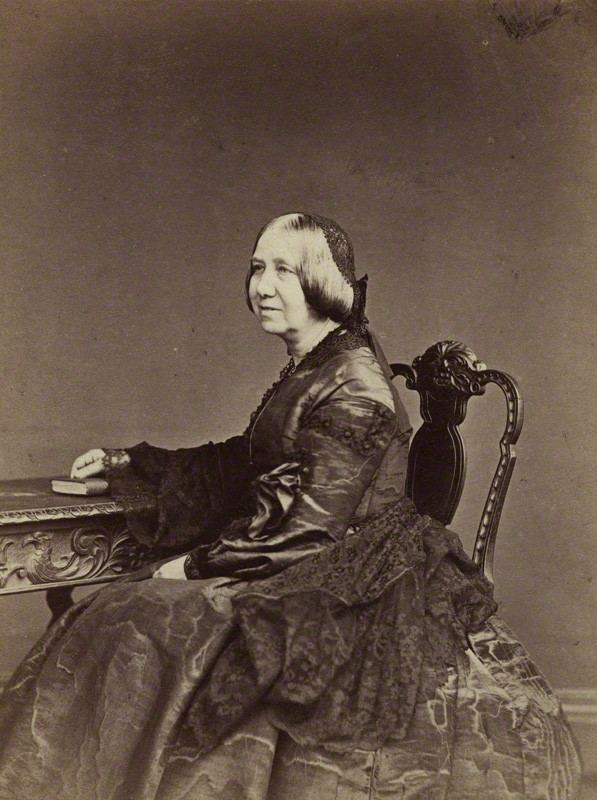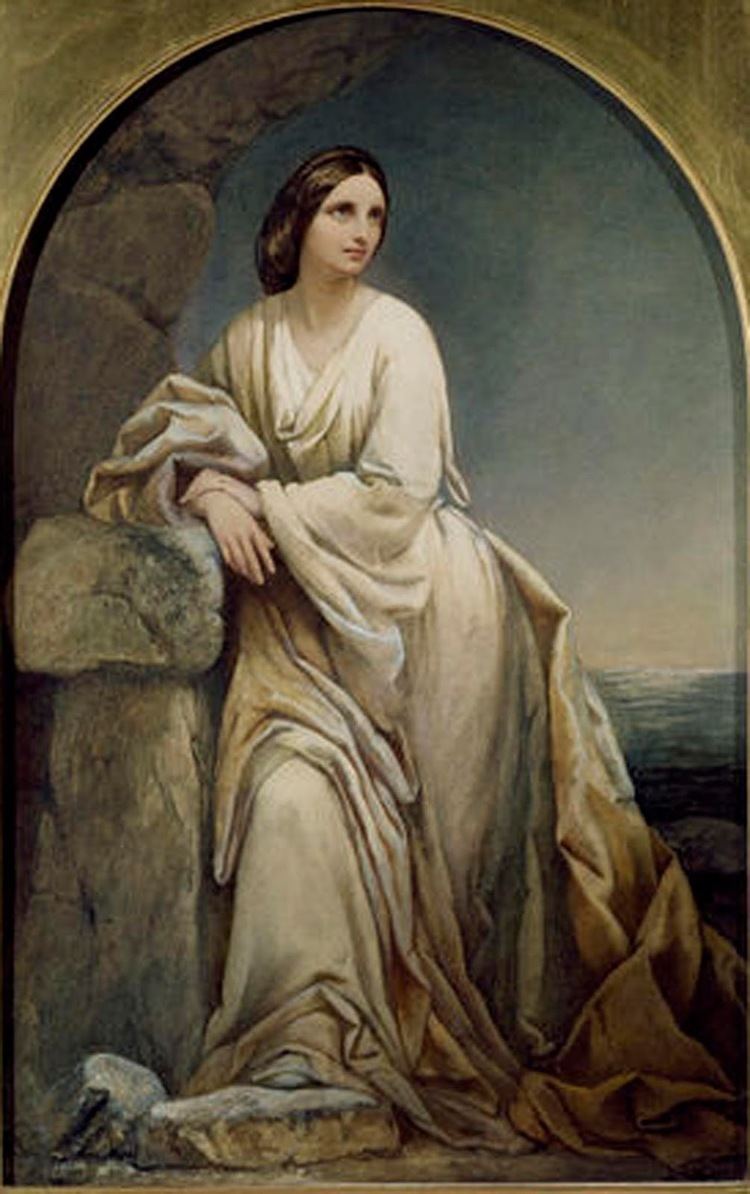Name Margaret Gillies | ||
 | ||
Corbenic poetry path margaret gillies brown
Margaret Gillies (1803–1887) was a Scottish painter, known for painting miniatures and water-colours.
Contents
- Corbenic poetry path margaret gillies brown
- Poem On A Portrait Of I F Painted By Margaret Gillies William Wordsworth
- Life
- Works
- References

Poem On A Portrait Of I F Painted By Margaret Gillies William Wordsworth
Life
She was the second daughter of William Gillies, a Scottish merchant in Throgmorton Street, London, where she was born on 7 August 1803. Having lost their mother when Margaret was eight years old, and their father having met with business reverses, she and her younger sister, Mary, were placed under the care of their uncle, Adam Gillies, Lord Gillies. They were educated by him, and then introduced to Edinburgh society.
Before she was twenty, Gillies decided to earn her own living, and returned with her sister to her father's home in London. Mary Gillies became an author, while Margaret took the direction of a professional artist. She received lessons in miniature-painting from Frederick Cruikshank, and gained a reputation for it. She then went for a while to Paris, where she worked in the studios of Hendrik and Ary Scheffer, and on her return to England she exhibited some portraits in oil. She then concentrated on water-colour painting, typically choosing domestic, romantic, or sentimental subjects, for which she was best known.
In the early 1830s Southwood Smith separated from his second wife, Mary, and went to live with Gillies and her sister Mary. Smith and Gillies lived together in Highgate from 1844. Around 1850 Gillies was at 36 Percy Street, and was housing the "auto-icon" of Jeremy Bentham. In 1854, short of money, they moved to The Pines, near Weybridge. Smith died in 1861.
Gillies lived for many years in Church Row, Hampstead. She died at The Warren, Crockham Hill, Kent, on 20 July 1887, of pleurisy, after a few days' illness. Among her pupils was Marian Emma Chase, and she gave early encouragement to Anna Mary Howitt.
Works
Before she was 24, Gillies was commissioned to paint a miniature of William Wordsworth, and stayed at Rydal Mount for several weeks. She painted also a portrait of Charles Dickens, and one of Anne Marsh the novelist; and for many successive years contributed portraits to the exhibitions of the Royal Academy. Gillies has three oil paintings in British national collections in Aberystwyth, Nottingham and the National Portrait Gallery.
In 1852 Gillies was elected an associate of the Old Society of Painters in Water-colours, and was a contributor to its exhibitions for the rest of her life. Her exhibited works included:
Her last work was Christiana by the River of Life, exhibited in 1887.
